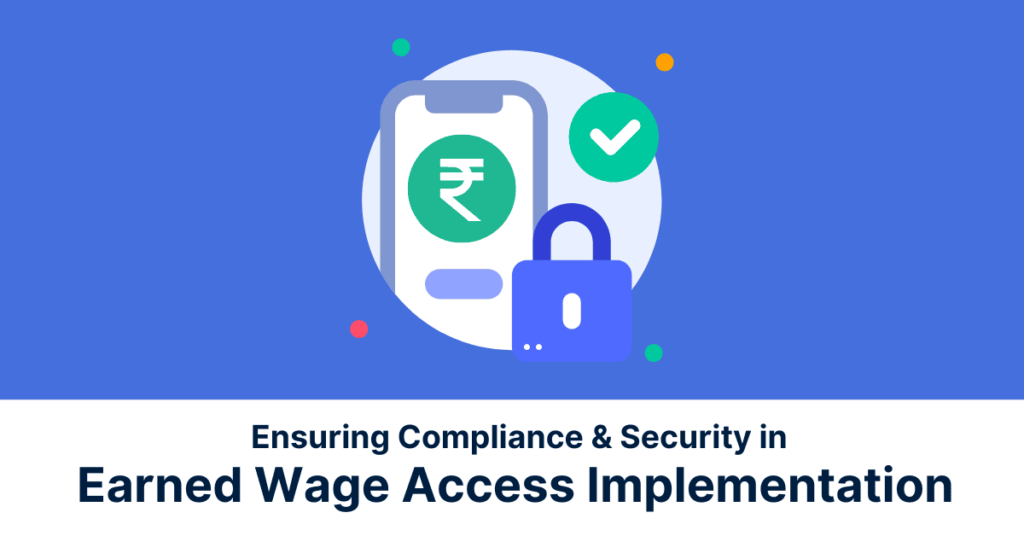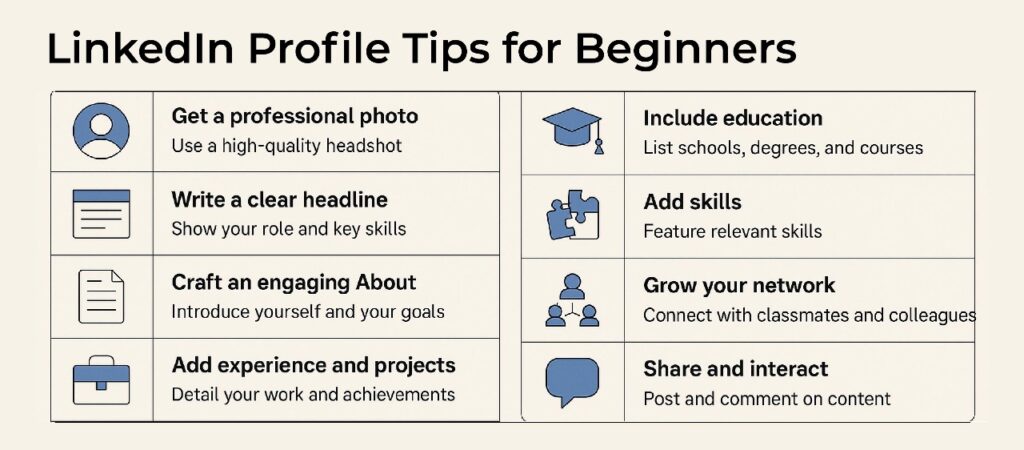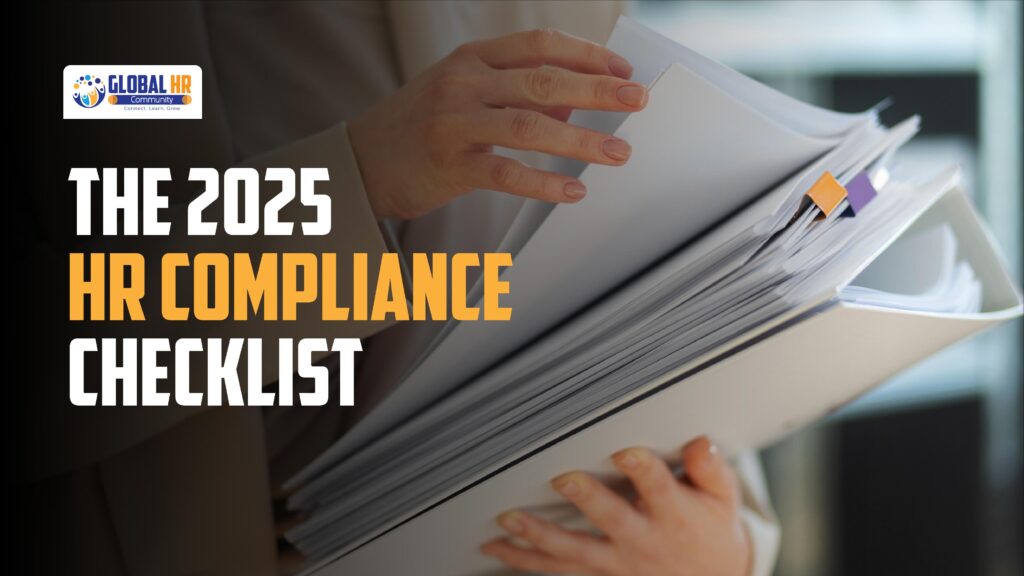Responsible use of Technology & Data Privacy in HR

In the digital age, HR’s embrace of AI necessitates a strong focus on data privacy and responsible technology use. Here’s how HR can navigate this critical landscape, with examples throughout the employee lifecycle, including workforce planning, talent management, compensation, and red flags:
Transparency in Data Collection and Use: Be upfront with candidates and employees about what data is collected, how it’s used, and with whom it’s shared. Provide clear and accessible privacy policies that outline employee rights regarding their data.
- Data Security Measures: Implement robust security protocols to safeguard employee data from unauthorized access, breaches, or misuse. This includes regular security audits, encryption of sensitive data, and employee training on cybersecurity best practices.
- Data Minimization: Collect only the data essential for HR functions. Avoid collecting unnecessary personal information or storing data for longer than necessary.
- Employee Consent: Obtain clear and informed consent from candidates and employees before collecting or using their data. Employees should have the right to access, rectify, or erase their data upon request.
- Algorithmic Fairness: Be aware of potential biases in AI algorithms used in HR processes. Implement measures to mitigate bias and ensure fair treatment for all.
- Responsible Technology Integration: Carefully consider the potential impact of AI on the workplace. Avoid technologies that could lead to employee surveillance, micromanagement, or a decline in workplace morale.
- Focus on Human-Centered Design: Technology should empower employees, not replace them. Ensure AI complements human capabilities and fosters a positive work environment that prioritizes well-being and human connection.
Building Trust Through Responsible Practices
By taking these steps, HR can build trust with employees and ensure responsible data practices become the cornerstone of AI use in the workplace. This fosters an environment where employees feel comfortable sharing data and participating in AI-powered initiatives, ultimately leading to a more engaged and productive workforce.
Examples of Responsible Tech in HR – Throughout the Employee Lifecycle:
Workforce Planning:
- AI-powered skills gap analysis: Analyze anonymized data to identify future skill needs and proactively develop training programs to close the gap.
- Predictive modeling: Use AI to forecast workforce trends like attrition rates, allowing for strategic talent acquisition efforts.
Talent Management:
- Hi-Potential Identification: Analyze performance data and employee surveys to identify high-potential employees with leadership and strategic thinking skills.
- AI-powered mentoring matching: Match employees with mentors based on skills, experience, and career goals, ensuring compatibility and fostering development.
- Promotion and Succession Planning: Use AI to analyze performance data and identify qualified candidates for open positions, mitigating bias in the promotion process.
Compensation Planning & Distribution (Equity & Fairness):
- AI-powered salary benchmarking: Analyse external salary data to ensure internal pay equity and competitiveness in attracting and retaining talent.
- Performance-based compensation with explainable AI: Use AI to analyse performance data for compensation decisions, but ensure transparency in the algorithms used and provide clear explanations for individual compensation decisions.
Red Flagging Potential Troublemakers or Toxic Employees:
- Monitor for concerning communication patterns: Use AI to analyze employee communications for potential signs of harassment, bullying, or other negative workplace behaviors. However, ensure human review of flagged instances to avoid misinterpretations.
- Employee sentiment analysis: Analyze employee surveys and feedback data to identify potential pockets of low morale or dissatisfaction that could lead to problematic behavior.
It’s important to note:
- AI should be used as a tool to augment human decision-making in HR, not replace it.
- HR professionals need to be skilled in interpreting AI outputs and understanding potential biases in the data or algorithms.
- Focus on building a positive and supportive work environment to address potential issues before they escalate into red flags.
Conclusion
In the digital age, HR professionals who champion data privacy and responsible technology use will be at the forefront of building a thriving and ethical workplace. By embracing AI as a tool while safeguarding employee data and well-being, HR can unlock the full potential of technology to create a future of work that benefits both businesses and employees throughout the entire employee lifecycle.






Responses